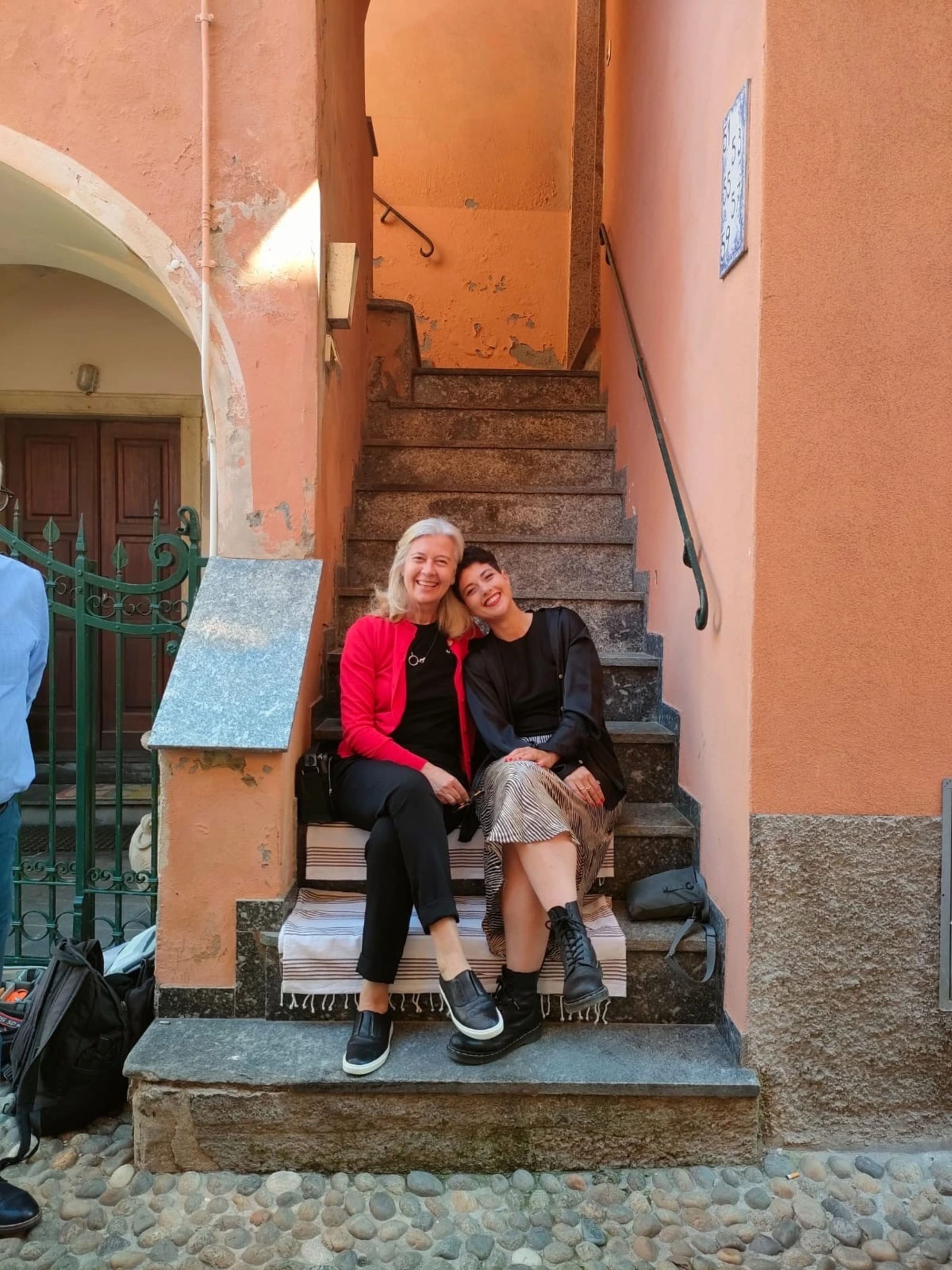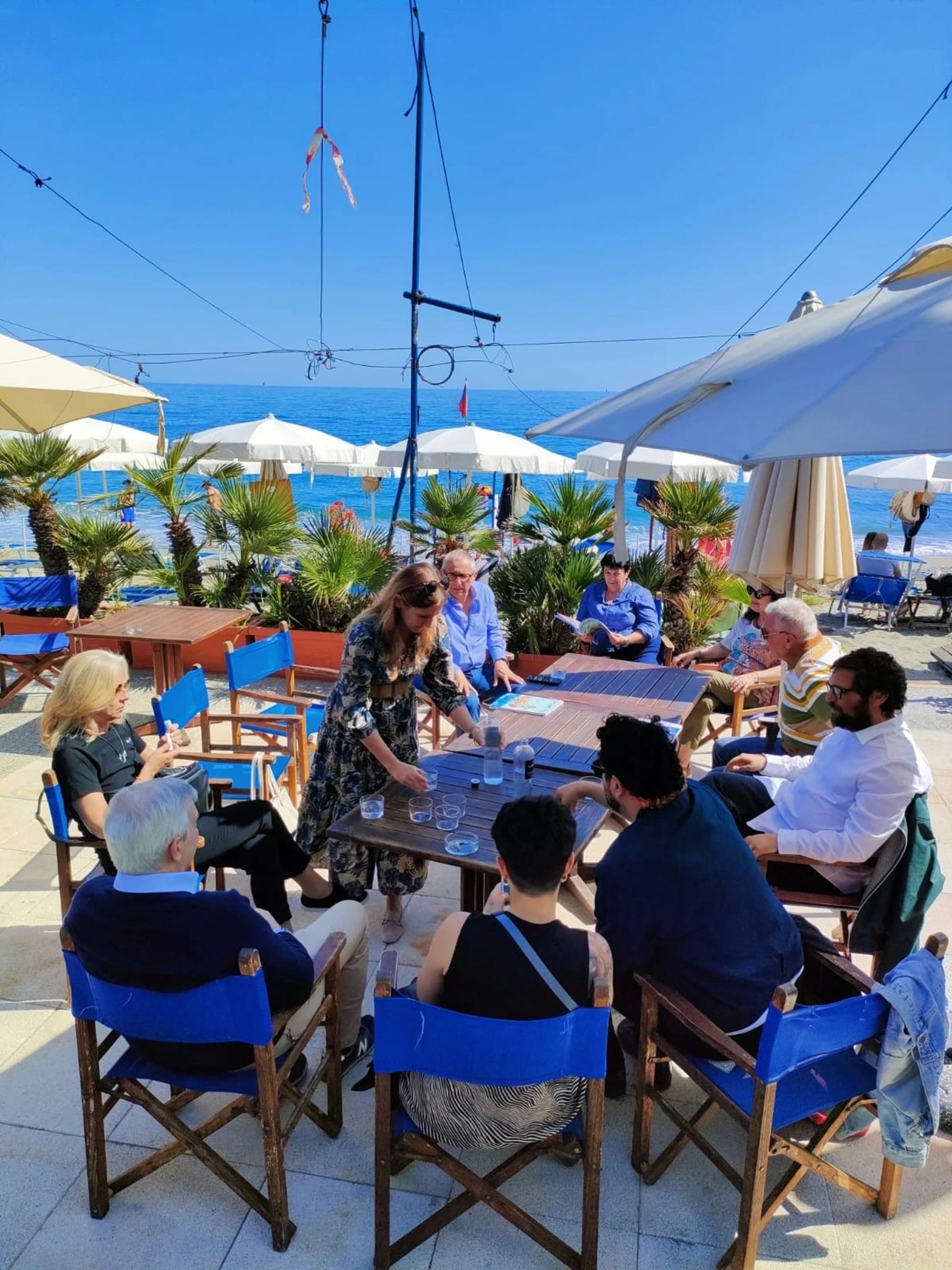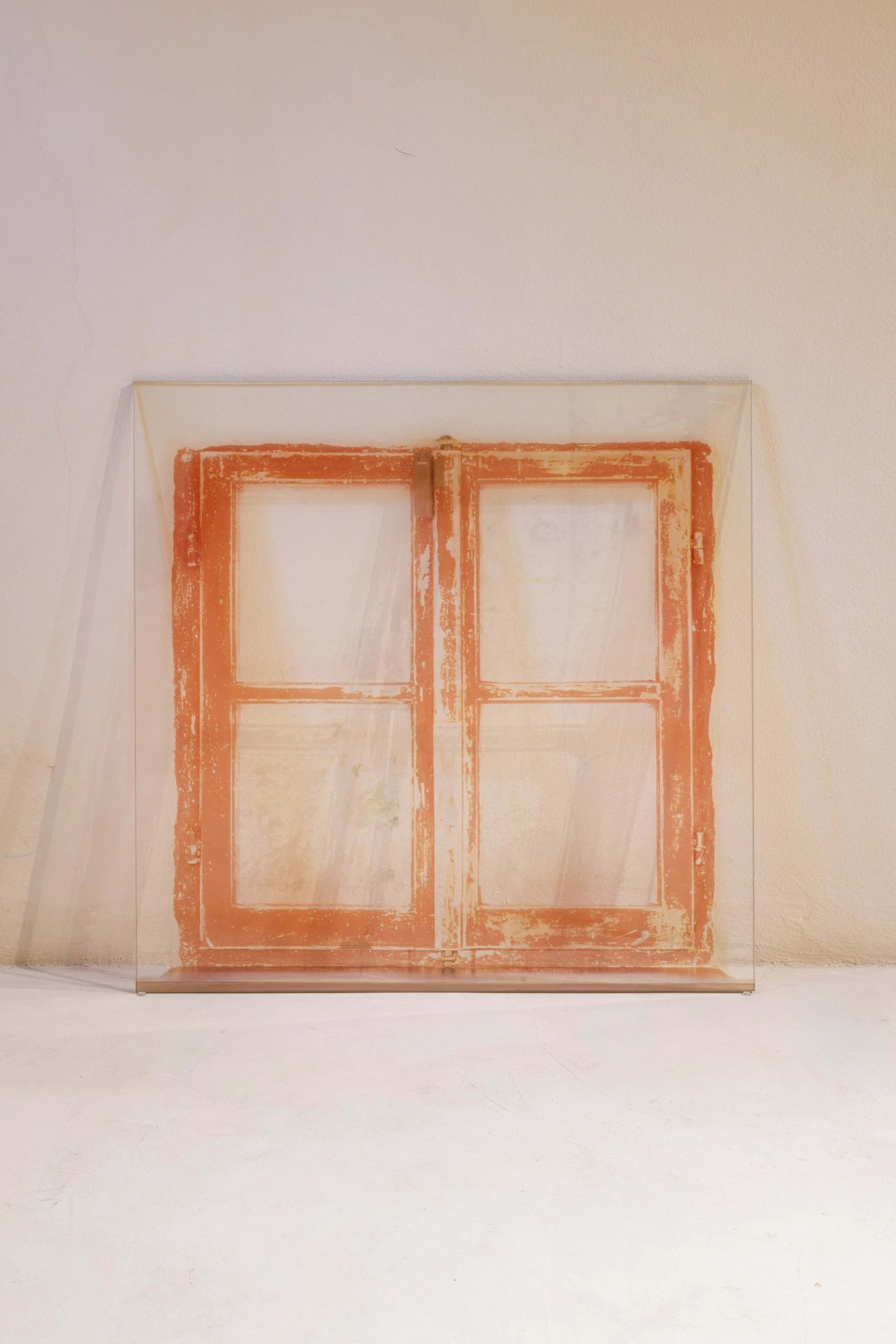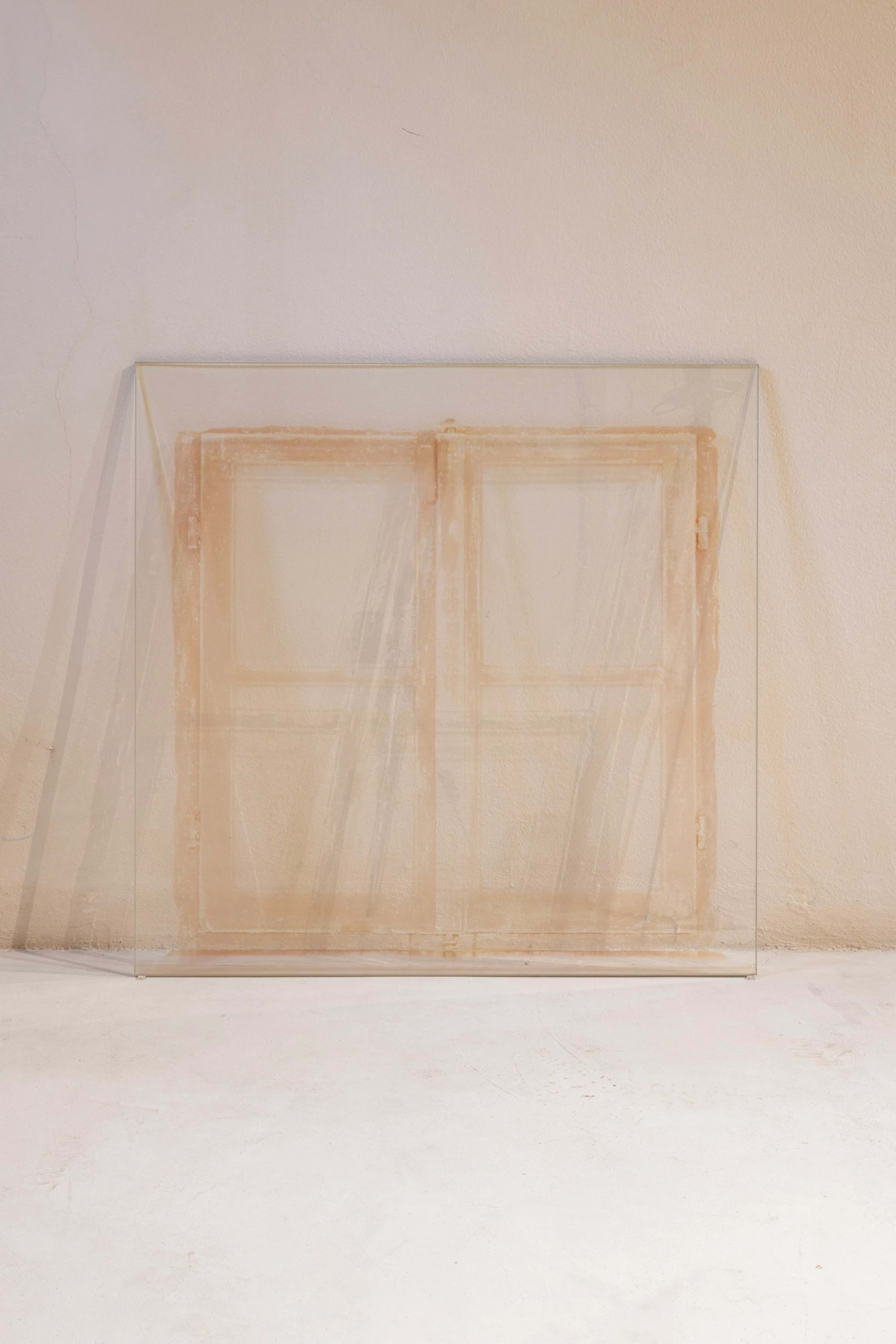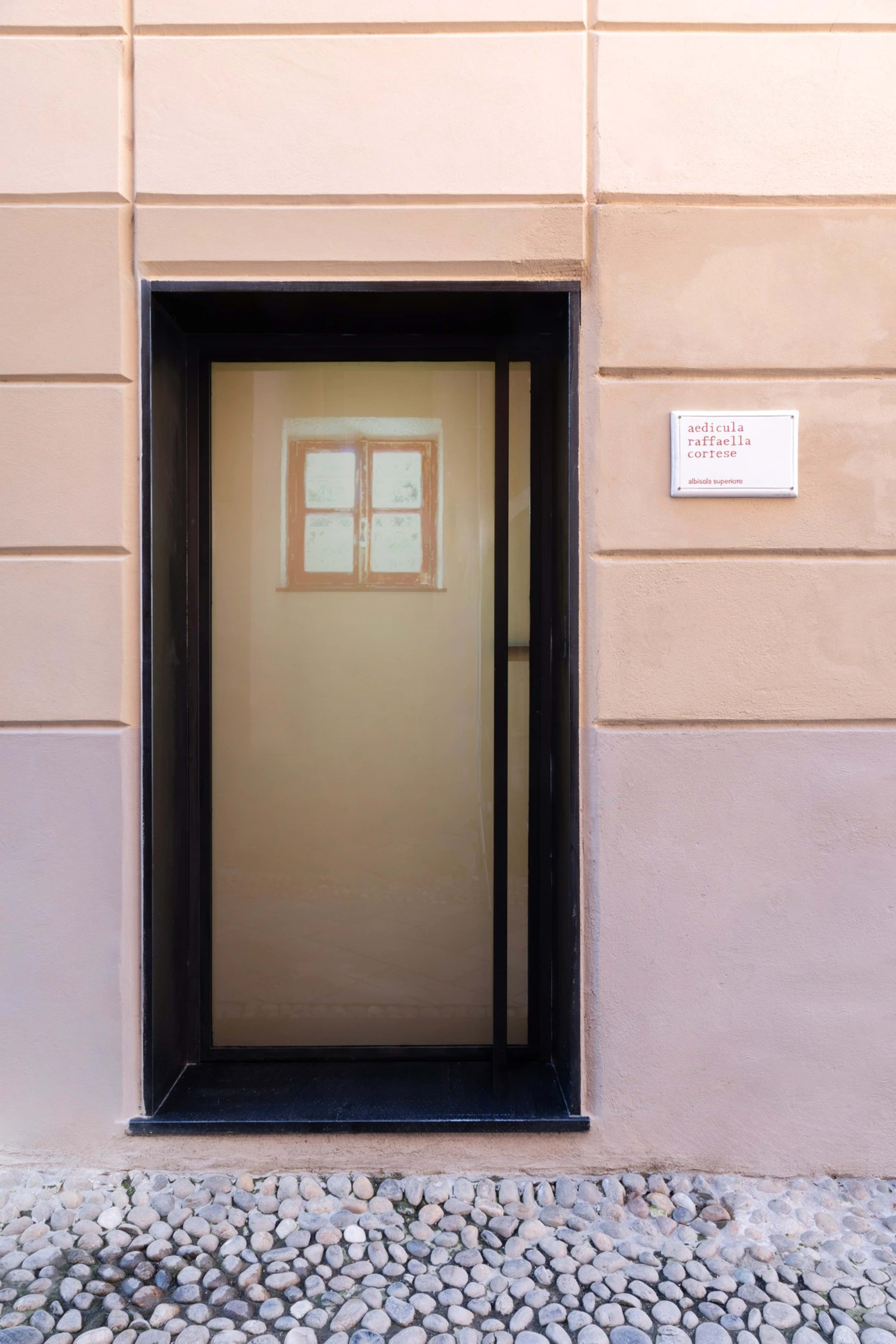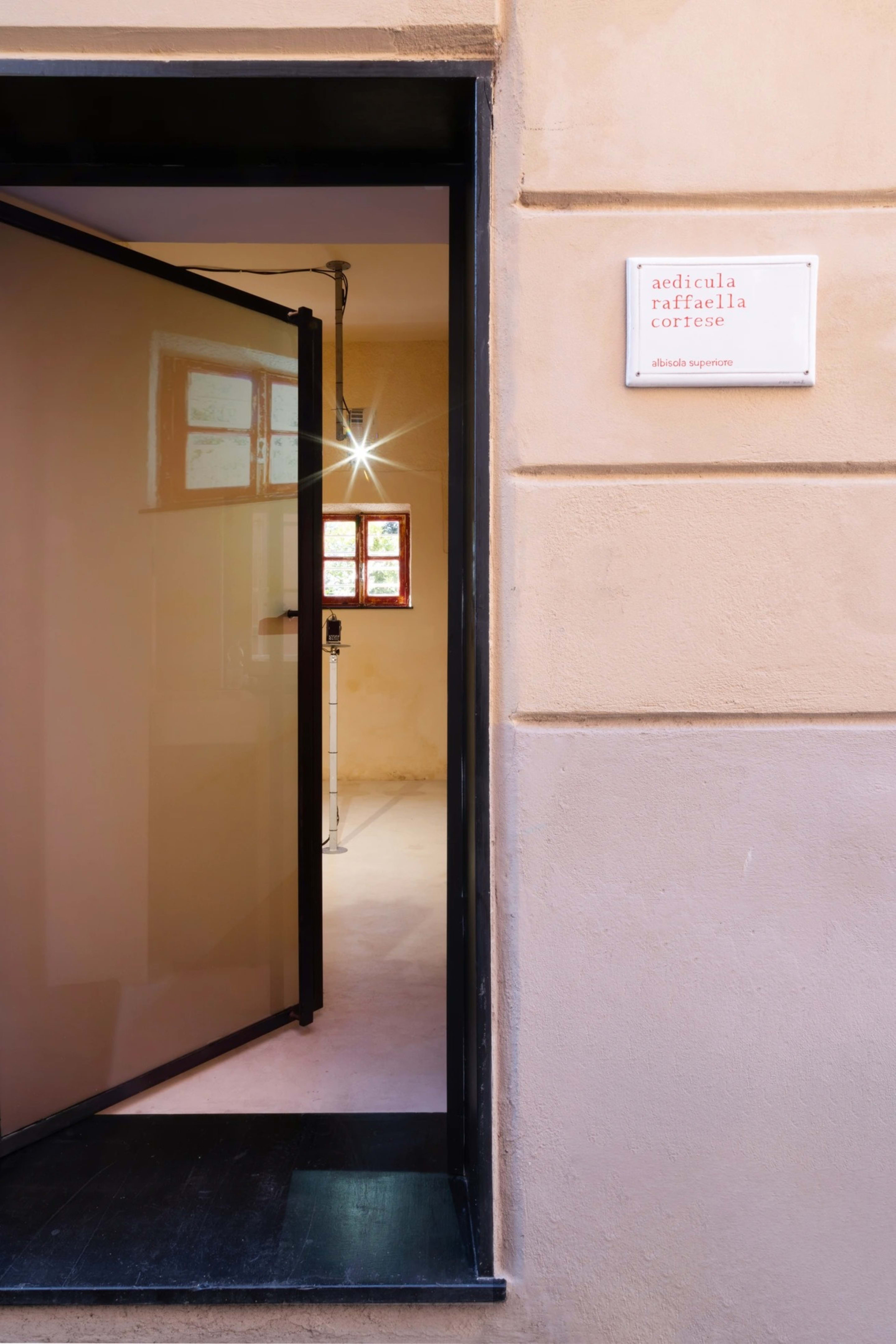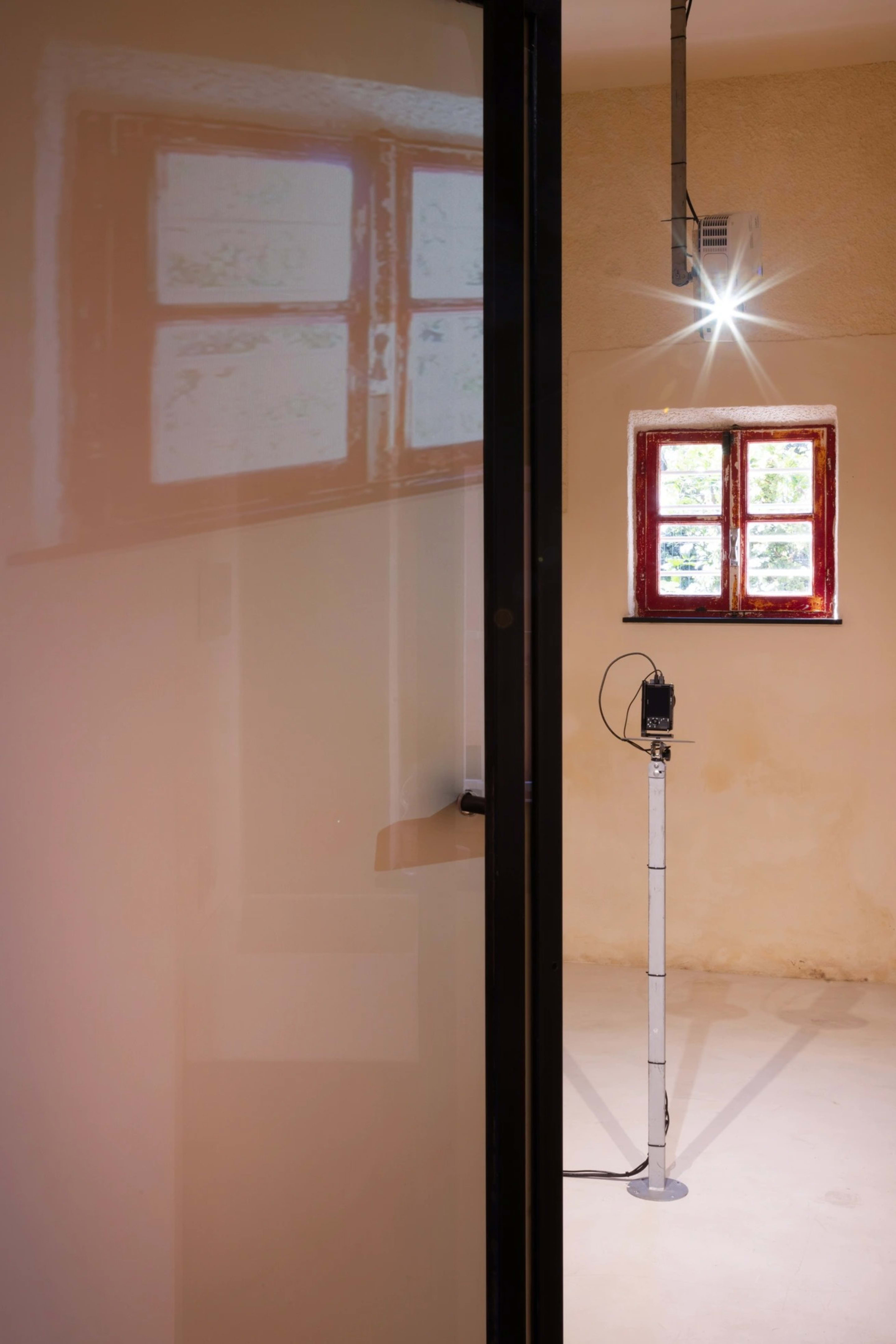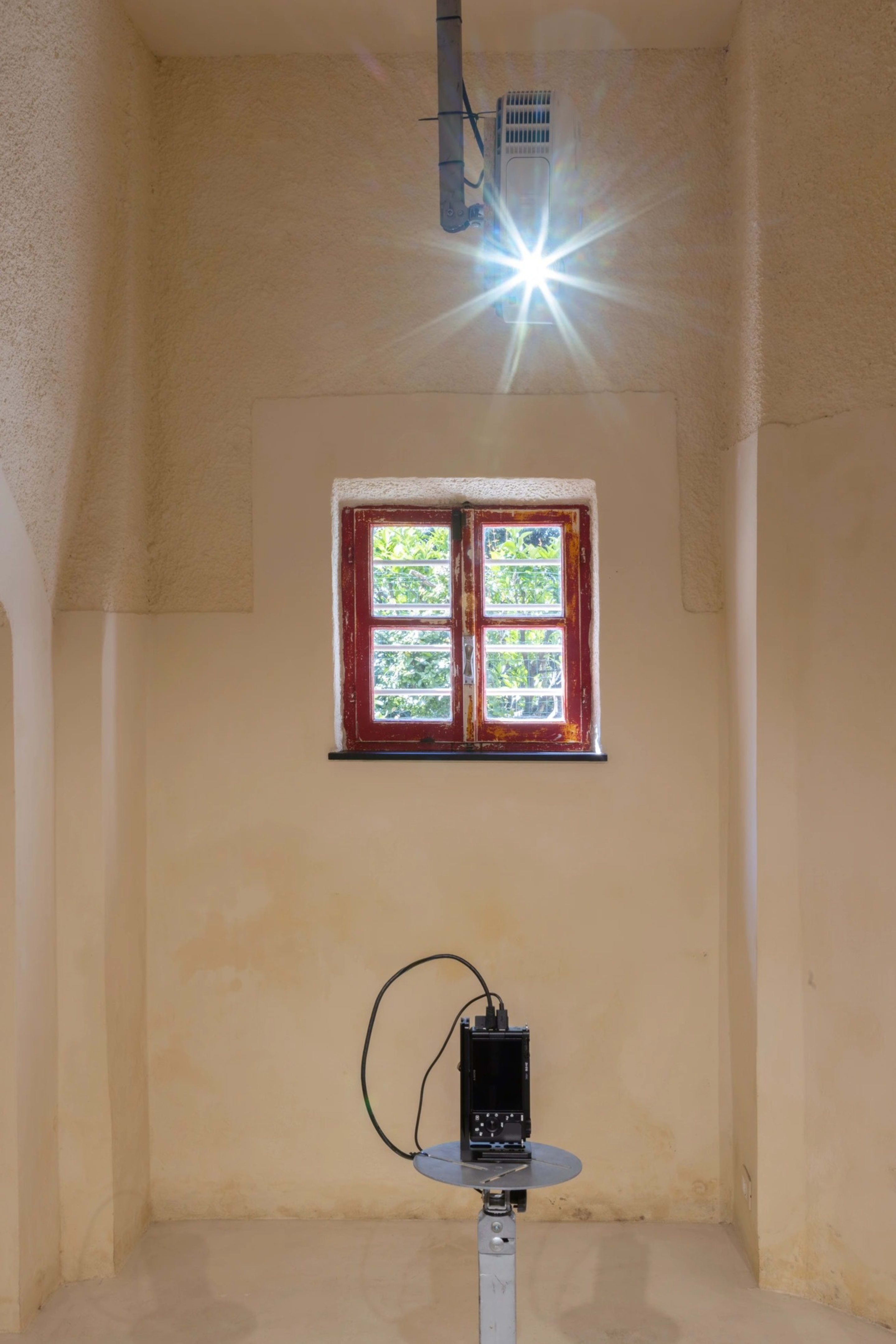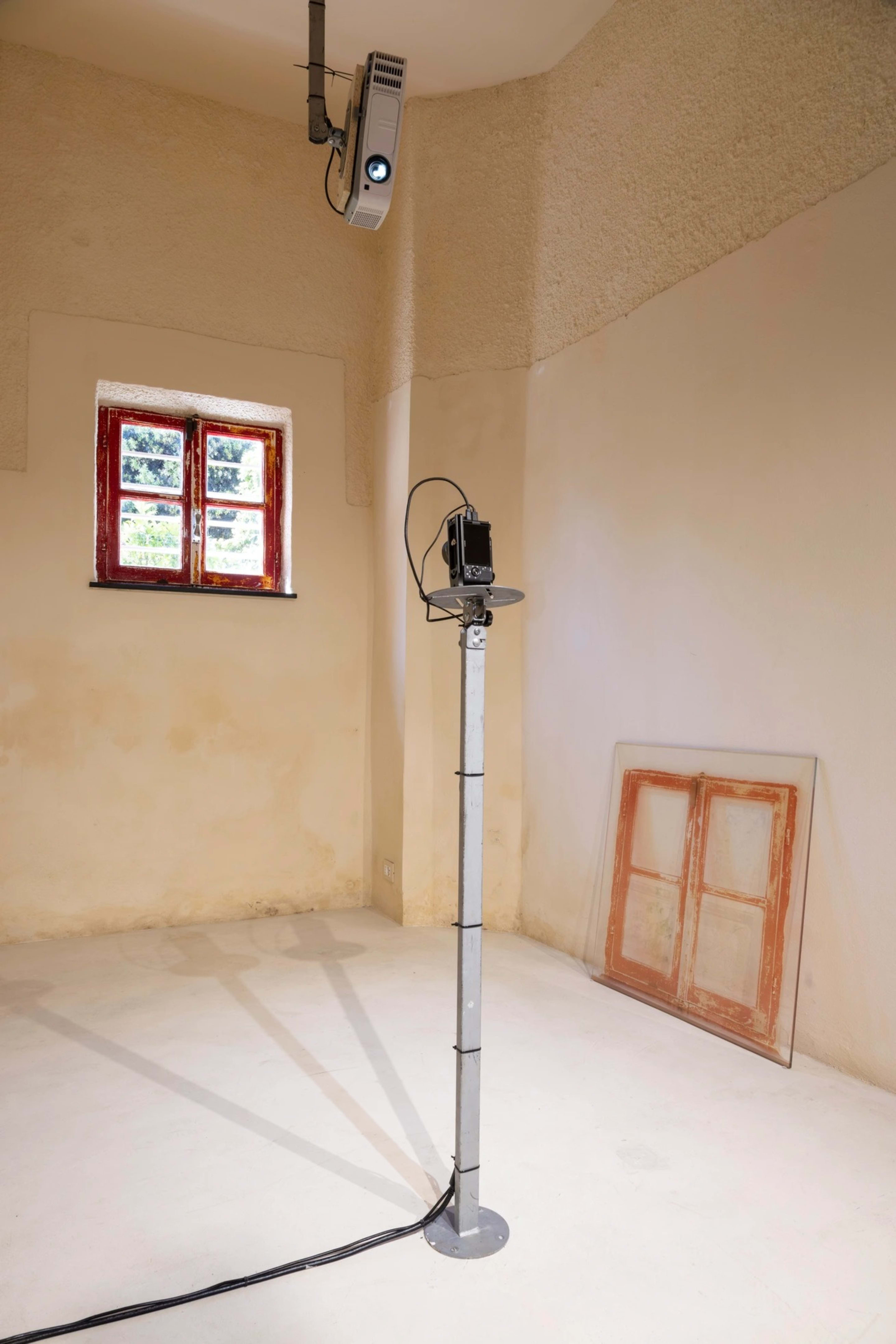Exposure Value
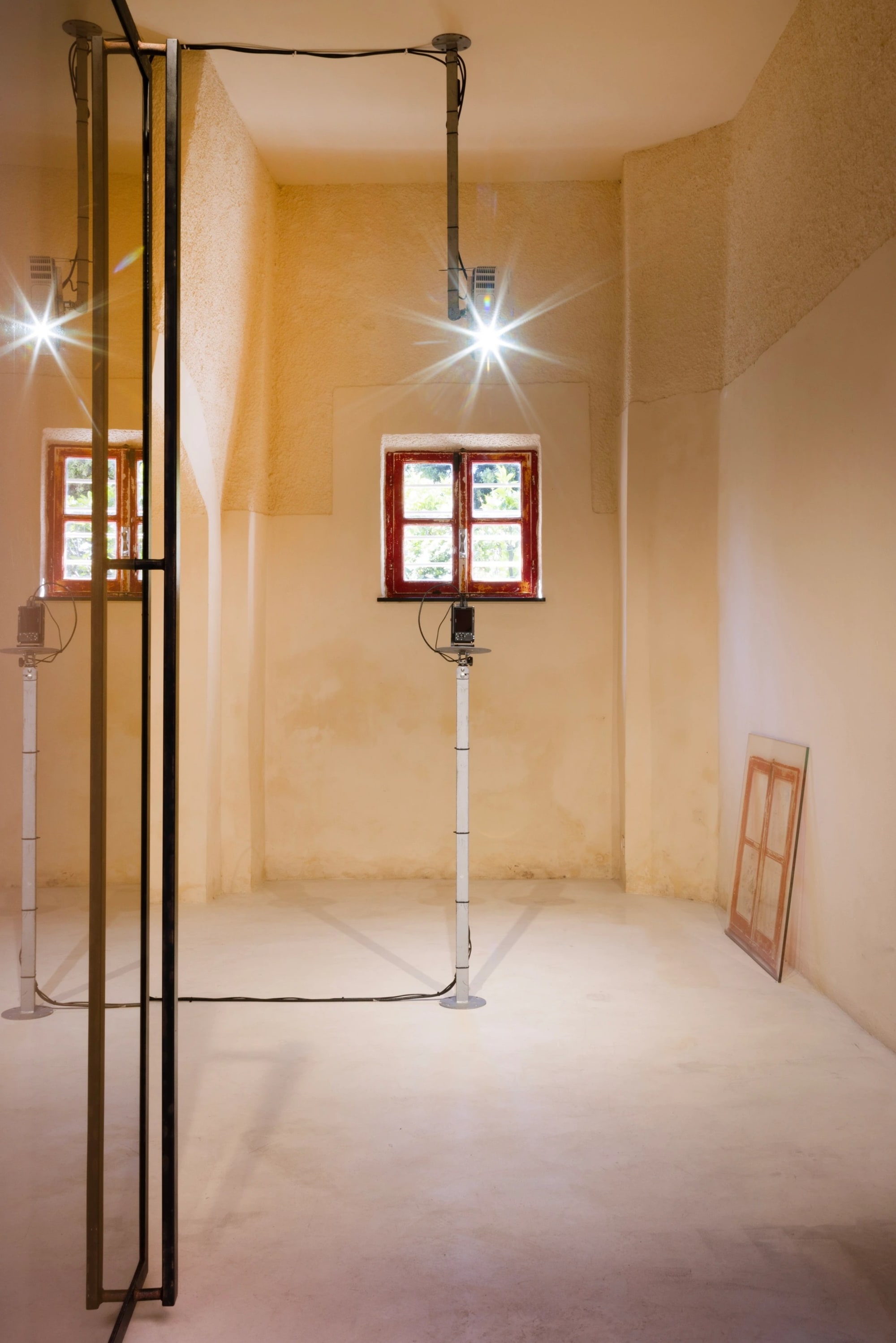
Just a few days after my first visit to Raffaella’s space in Albisola, I stumbled upon an article explaining the phenomenon of Trompe l’oeil windows adorning Ligurian buildings’ façades. During the 18th century,
the Republic of Genoa imposed a taxation based on the number of windows in residences. In order to evade these taxes, citizens bricked up their windows while replacing them with painted reproductions to display their social status. When Raffaella first showed me the gallery space, my attention was immediately drawn to a small, special window at the center of the room.Clarissa
Galleria Raffaella Cortese is pleased to announce the collaboration with Gian Marco Casini Gallery for the presentation of Exposure value, a multimedia installationconceived by Clarissa Baldassarri specifically for window on the sea in Albisola. This site-specific work invites viewers onto an exploration of the delicate hiatus between exposition and exhibition, the former manifesting as pure, un adult eratedexpression; the latter emerging from deliberate choices wrought with artifice and manipulation. The site-specific installation challenges our perception: at the heart of the space, a camera captures the back wall and the small red window, projecting the image in real-time onto the storefront. Shutter speed and ISO of the camera are manually orchestrated, breathing life into an evanescent experience where the image evolves over time. Here, moments of natural exposure alternate with overexposure and underexposure phases. The artist challenges us to reflect the delicate hiatus between exposition andexhibition, the former manifesting as pure, unadulterated expression; the latteremerging from deliberate choices wrought with artifice and manipulation. Contrary to what usually happens within exhibition setups, with the viewer free to wonder andbe a “corruptor” of the artwork though their own perception and interpretation, here the work is already overtly corrupted. With nods both to the analysis of photographic practice and the artistic tradition of Trompe l’oeil, Baldassarri’s installation raises questions about image manipulation, mechanisms of presenting contemporary art, and the reception of the artwork.
Read the interview on Artribune
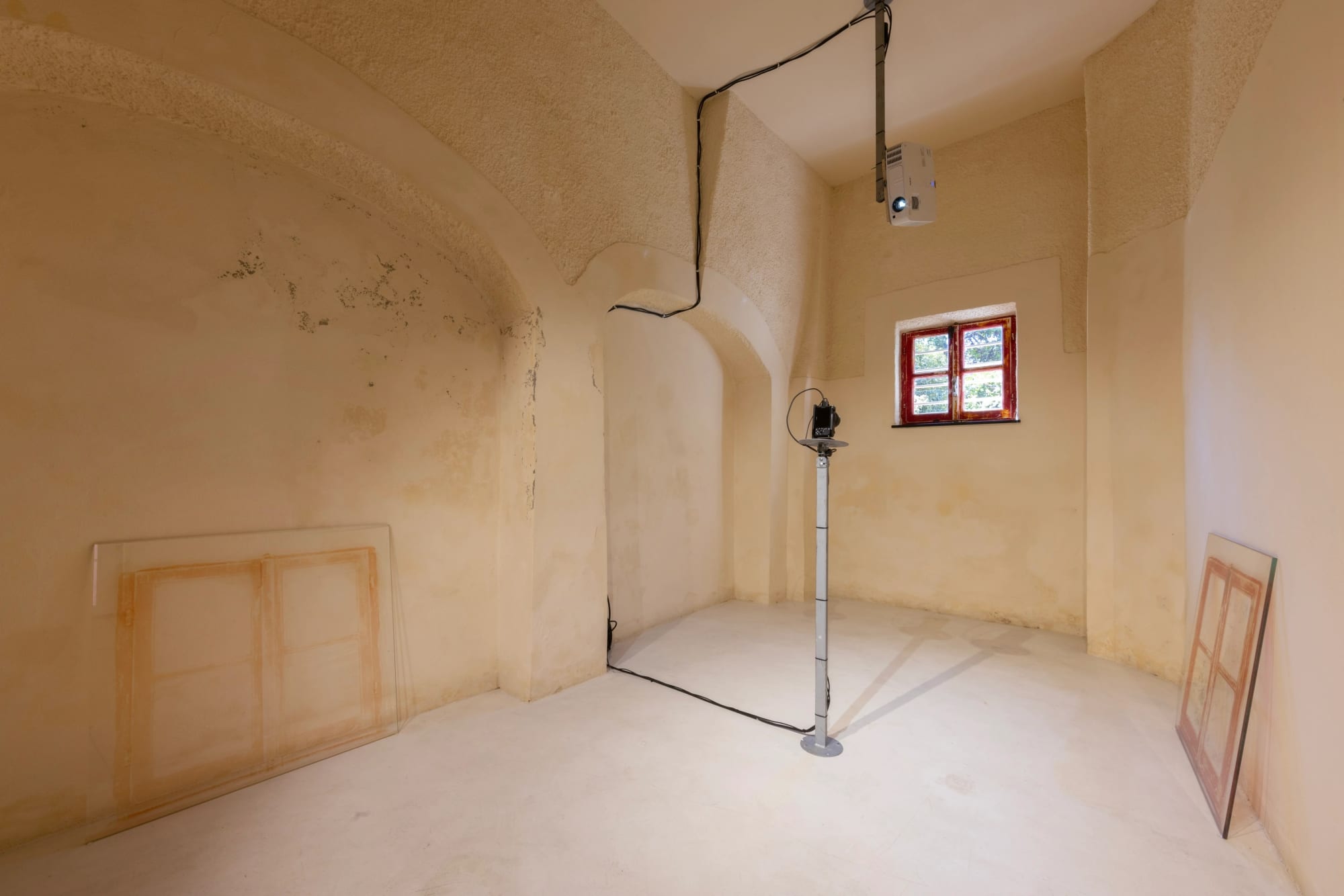
Images courtesy the artist and Galleria Raffaella Cortese. Photo: Fabio Mantegna
Clarissa Baldassarri was born in Civitanova Marche in 1994. She currently resides andworks in Livorno.
Baldassarri’s work constitutes an exploration of perceptual boundaries, an openinvestigation that aims to establish a silent dialogue with those who come intocontact with it. Her works do not offer absolute solutions but present the infinite possibilities of transcending the concept of limit. They serve as aids that one can use to look and listen beyond sensory physical barriers. The concept of transparency and the desire to make the invisible visible have been the foundations upon which her initial works were developed, giving rise to subsequent projects that delve into the kaleidoscopic aspects of these themes, with a growing emphasis on the transience and stratification of time and space, as well as their correlation. Her works employ various materials and expressive techniques depending on the message or concept being communicated, ranging from sculpture to video installations and site-specific projects. After studying Decoration at the Academy of Fine Arts in Macerata, she moved to Naples in 2017 to complete her studies in Sculpture. In the same year, she won the Quarelli Prize with her work Limite cieco, which entered the permanent collectionof Parco Quarelli. Some noteworthy personal projects include Alla fine della fiera atListe Art Fair, Gian Marco Casini Gallery, Basel (2023); Lo Spazio della durata at Linea project, Lecce (2022); and Riflesso silenzioso di una sonora immagine at Una Boccata d’Arte, curated by Fondazione Elpis and Galleria Continua, Castellaro Lagusello (MN)(2020). Recent collective exhibitions include Visibilia at Museo d’arte ContemporaneaVilla Croce, Genoa (2023); Pebble in the Sky/Lodi Basél at Casa studio Carlo Orsini, Lodi (2023); Kárusiäll at Jet leg residency program, Lothringer 13, Munich (2022);Ora at Ambasciata Italiana della Santa Sede, Palazzo Borromeo, Rome (2021); and Rilevamenti 2 at CaMusAC, Cassino (2020). Among her awards are the Ala for ArtPrize, finalist (2022); Level O Art Verona, selected by the Fondazione Sandretto ReRebaudengo (2021); and the Ducato Prize, winner of the Accademia section (2020).
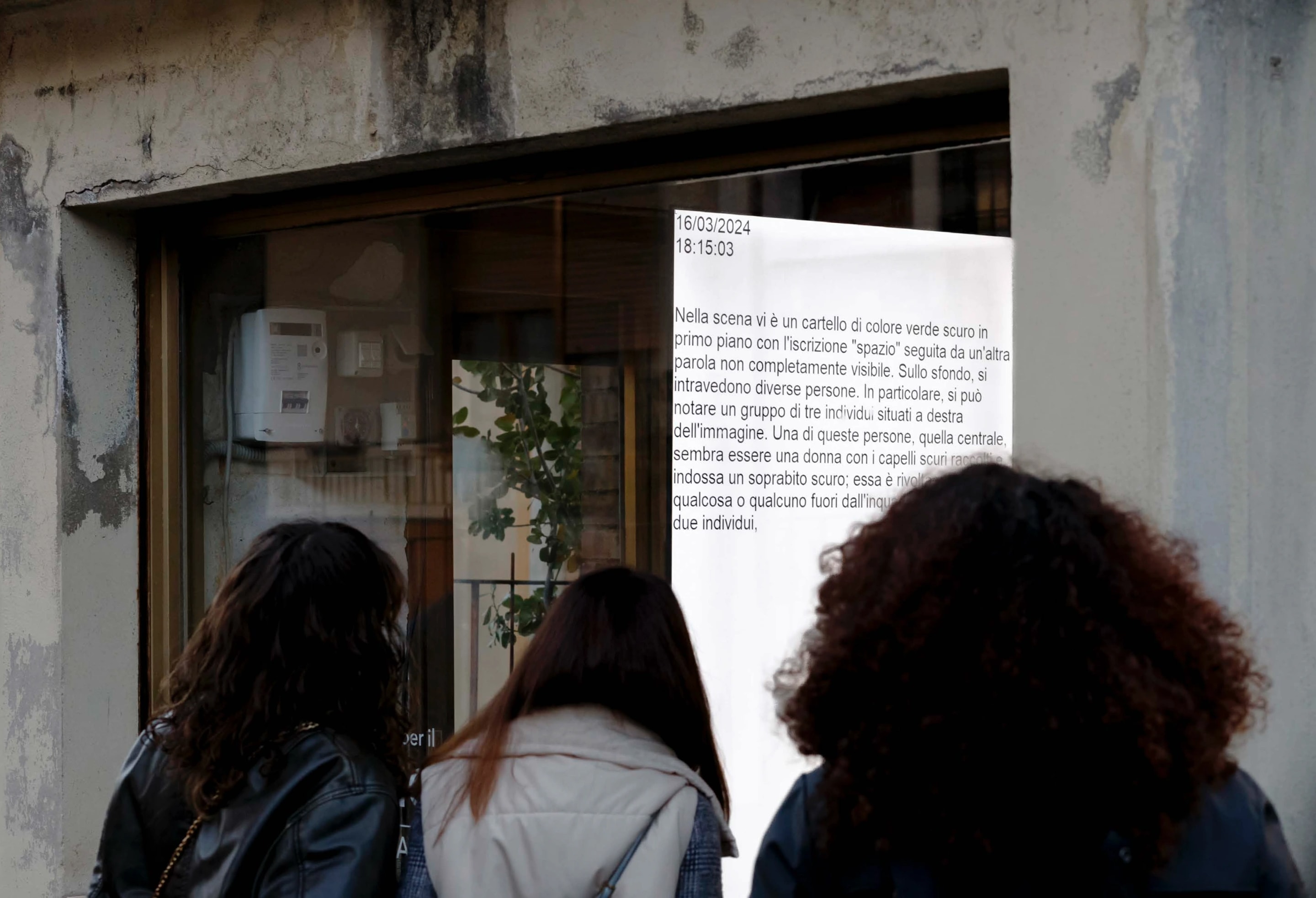
A.I, Display and camera
QUOTIDIANO PER IL QUOTIDIANO, is a site-relative project conceived by Clarissa Baldassarri in 2024 for the neighborhood’s kiosk in Siena. The aim of the project is to give back to the space its identity as a window on the neighborhood and a place of interest for the community. Through Clarissa’s work, there is a renewal of the exchange between the small architecture and the inhabitants of the neighborhood, who, consciously or uncon-sciously, are the creators of the content transmitted on the display placed inside the space. The programmer and developer Simone Esposito was involved in the design, adapting and reprogramming AI software specifically for Baldassarri’s work. The use of artificial intelligence, which processes what is happening around the kiosk and returns it in the form of text on the screen, attempts to restore the now lostrelationship between the kiosk and the passer-by. An attempt that is also reinforced by the publication of Quotidiano per il Quotidiano, a periodical with a stochasticcirculation that documents the passage of time, written collectively and traversing the everyday. The publication will be distributed in the neighborhood shops forthe duration of the exhibition and, in addition to the collection of documentation produced by artificial intelligence, will be enriched by human contributions of various kinds in each of the 4 issues planned.
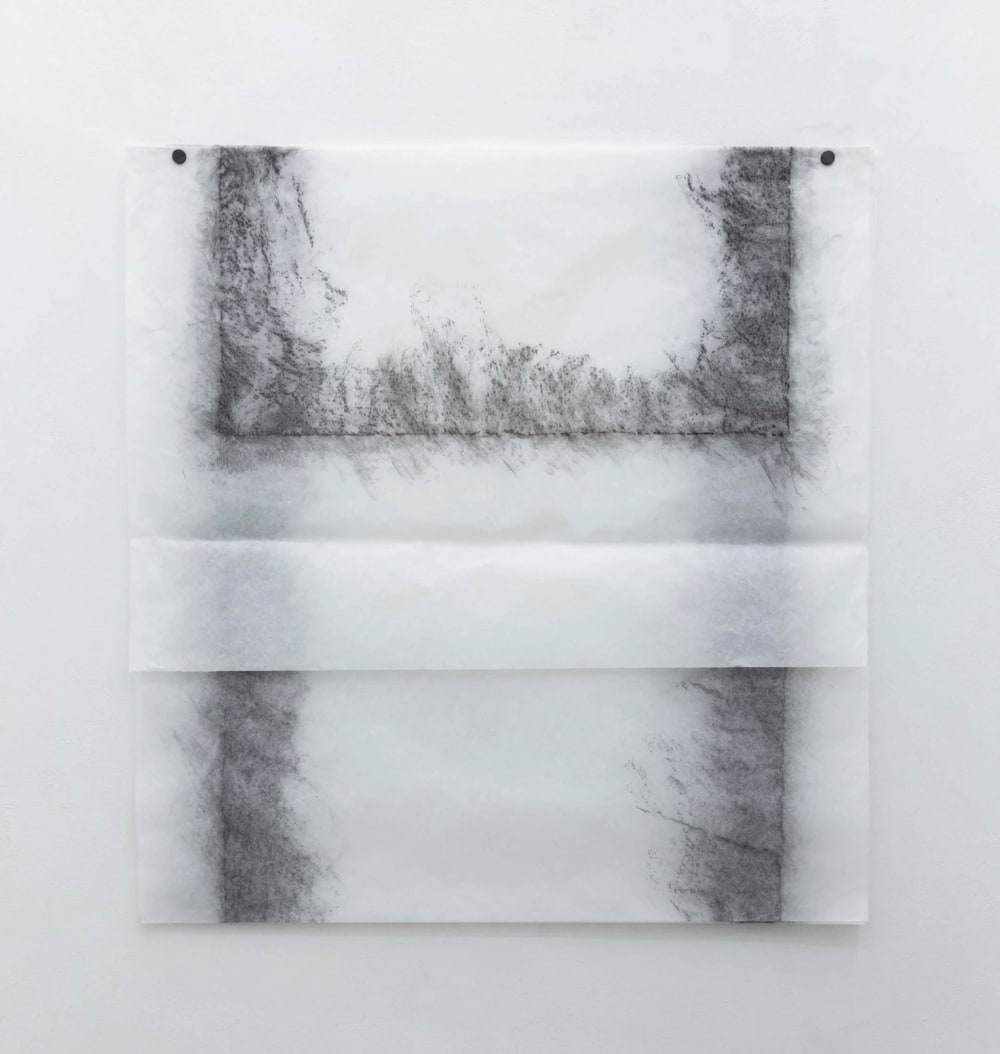
How long is a day is an exhibition project presented by Clarissa at the Gian Marco Casini Gallery in 2022, in which the artist invites the public to reflect on the concept of duration by deconstructing the classical fresco techni-que, starting with “a day” as a point of reflection. According to the textbook technique, before starting to paint, the painter had to plan the area of the wall that could be painted in one day, before thelayer of plaster was completely dry. These sections of space were technically called ‘days’, and the transitions between one day and the next werecleverly concealed in the final vision of the work.
In the exhibition project presented by Clarissa at the Gian Marco Casini Gallery, this artistic process is rethought, no longer giving importance to the overall vision of the work, which was inversely omitted from the vision, but to the individual ‘spaces of days’ that were necessary for its completion. A desire that is also expressed in the decision to open the doors to the public only on the last day of the exhibition and to occupy the gallery space in the days leading up to the event as a useful time for the construction and deconstruction of the work. As a result, we will witness an anachronistic reconstruction of the work, seeing only the painting “A Day”, the photographic diptych “The Moment Before the Beginning and Immediately After the End” and the frottage “How Long is a Day”, exhibited on the day of the opening, the only visibletraces of the entire mural work created inside the gallery. A fragmentation of the artistic process that invites the public to reflect on the fragmentation of time by overturning the view of established conceptssuch as the linearity of time, the measurement of space and the beginning and end.
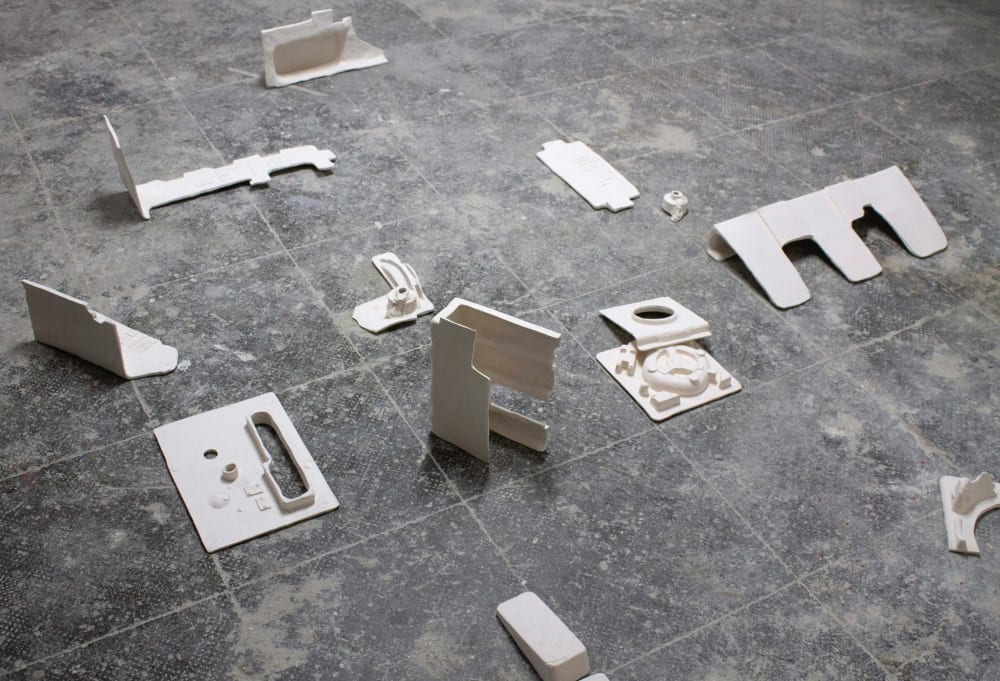
How long is a day is an exhibition project presented by Clarissa at the Gian Marco Casini Gallery in 2022, in which the artist invites the public to reflect on the concept of duration by deconstructing the classical fresco techni-que, starting with “a day” as a point of reflection. According to the textbook technique, before starting to paint, the painter had to plan the area of the wall that could be painted in one day, before thelayer of plaster was completely dry. These sections of space were technically called ‘days’, and the transitions between one day and the next werecleverly concealed in the final vision of the work.
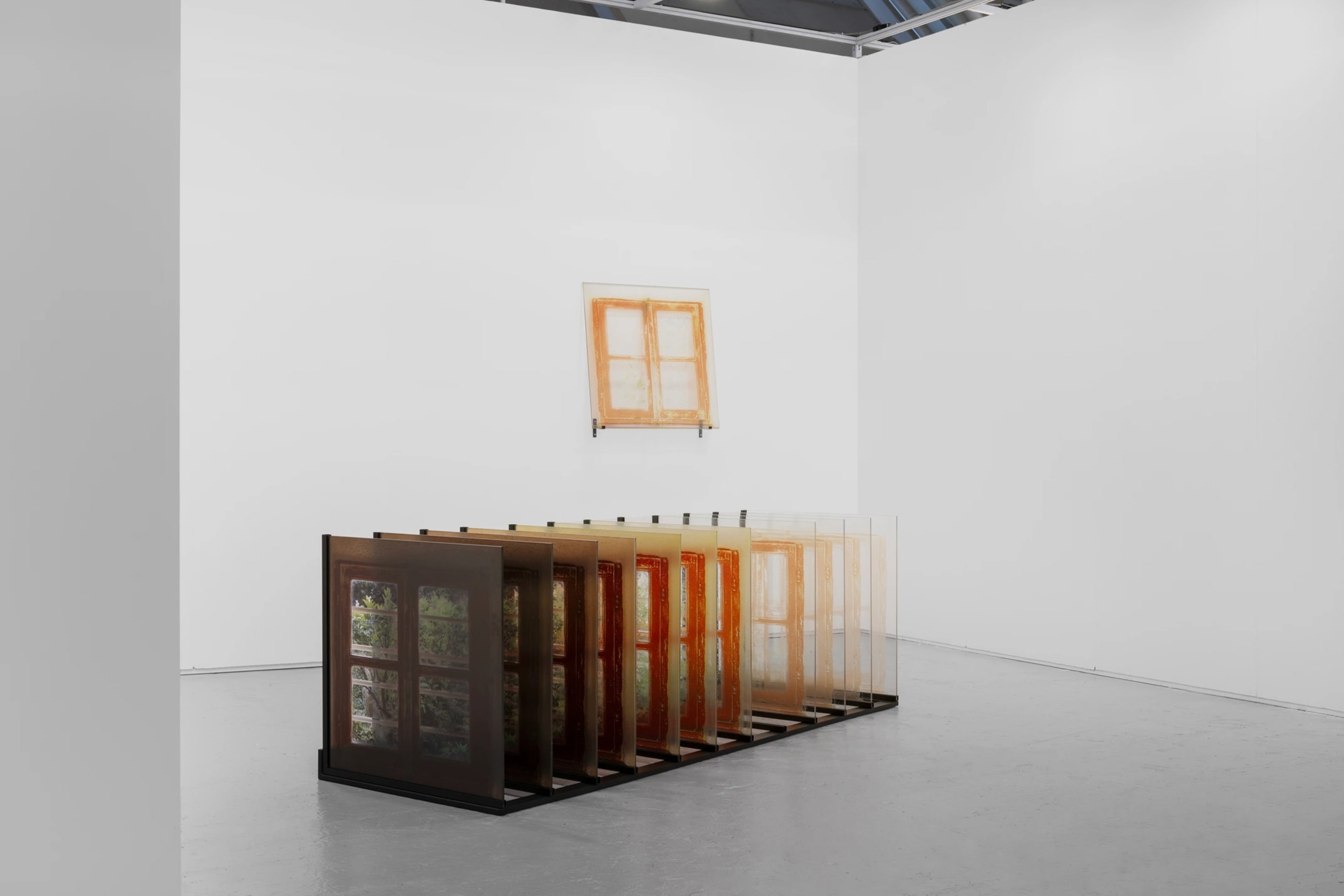
Arte Fiera 2025, Stand Gian Marco Casini Gallery
